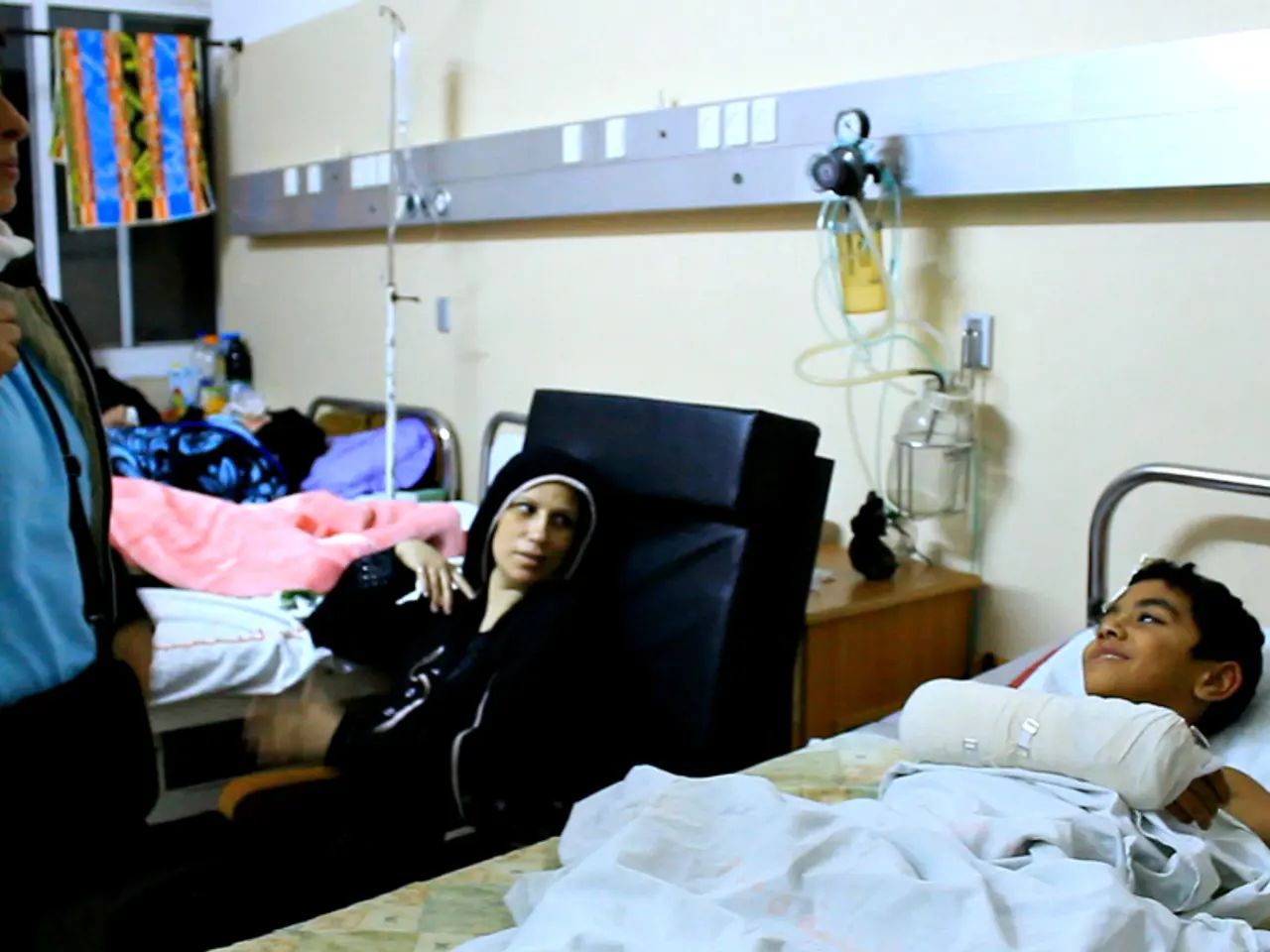Healthcare Facilities Enhance Patient Experience through Implementation of Digital Display Technology
In a bid to enhance the patient experience and provide comprehensive education, the Department of Veterans Affairs (VA) is leveraging digital display technologies in its hospitals across the nation. These displays, installed in waiting rooms, lobbies, and other areas, serve multiple purposes, from navigation to entertainment.
One of the key functions of these digital displays is to act as a navigational aid. Interactive digital maps help veterans and visitors find their way around hospital complexes more easily. Additionally, operational information such as estimated wait times and procedure statuses are displayed, helping to manage expectations and reduce patient anxiety.
Beyond operational information, the displays also offer patient education and health information. They show content tailored to veterans’ needs, including treatments, health benefits, and other relevant information. This educational content is further supplemented by the Veterans News Network (VNN), a veteran-centric channel that provides educational, informational, and entertaining content through satellite broadcasting infrastructure.
Entertainment and engagement are also crucial aspects of the VA's strategy. By offering news, weather updates, and infotainment content, the displays help reduce perceived waiting times and improve overall patient satisfaction.
Brooke Army Medical Center (BAMC), a DHA facility, is a prime example of this strategy in action. The medical mall area features a video wall of 25 Haivision displays, while wall-mounted TVs throughout the facility display information about flu season, security protocols, and other relevant updates. BAMC also uses a patient queuing application called Q-Flow, which includes a crawl of information at the bottom of the display, to inform patients about their wait times.
The clinic at Alaska Behavioral Health takes this a step further, using displays in patient rooms to engage patients' five senses and help them better understand their treatment plans and progress. BAMC is also testing and preparing to demonstrate a new electronic display in its dining facility that will show menus, allowing the nutrition care team and dieticians to update the menu in real time.
Patient education is another area where these displays prove invaluable. BAMC uses them to deliver informational lessons on smoking cessation, the importance of childhood immunizations, and other health-related topics. A 65-year-old female veteran at the Washington, D.C., VA Medical Center praised the VNN channel, stating, "It should be on all VA TVs. It offers valuable content that helps veterans, unlike opinionated news channels that can add stress."
The VA operates at 1,380 health facilities across the country, including 170 VA Medical Centers and 1,193 outpatient sites. BAMC uses the Haivision CoolSign digital signage platform to display various information to patients. The hospital's director, Cordero, views patients as tech-savvy consumers and believes that displays help keep them engaged in their healthcare.
In conclusion, the strategic use of digital displays is transforming VA facilities into more engaging, informative, and comfortable environments for veterans. This initiative is part of the VA's broader commitment to improving the overall experience of veterans while receiving care.
- To further support the health and wellness of veterans, digital displays in VA facilities offer educational content focused on treatments, mental health, fitness, and exercise.
- In the realm of technology, smartphones and gadgets can now access information about the VA through downloadable apps, providing an additional means for patients to stay informed and engaged.
- Advancements in science and technology, such as smart display systems and electronic menus, are being employed by VA hospitals to enhance patient experiences, promote accurate information dissemination, and foster a sense of community among veterans.




